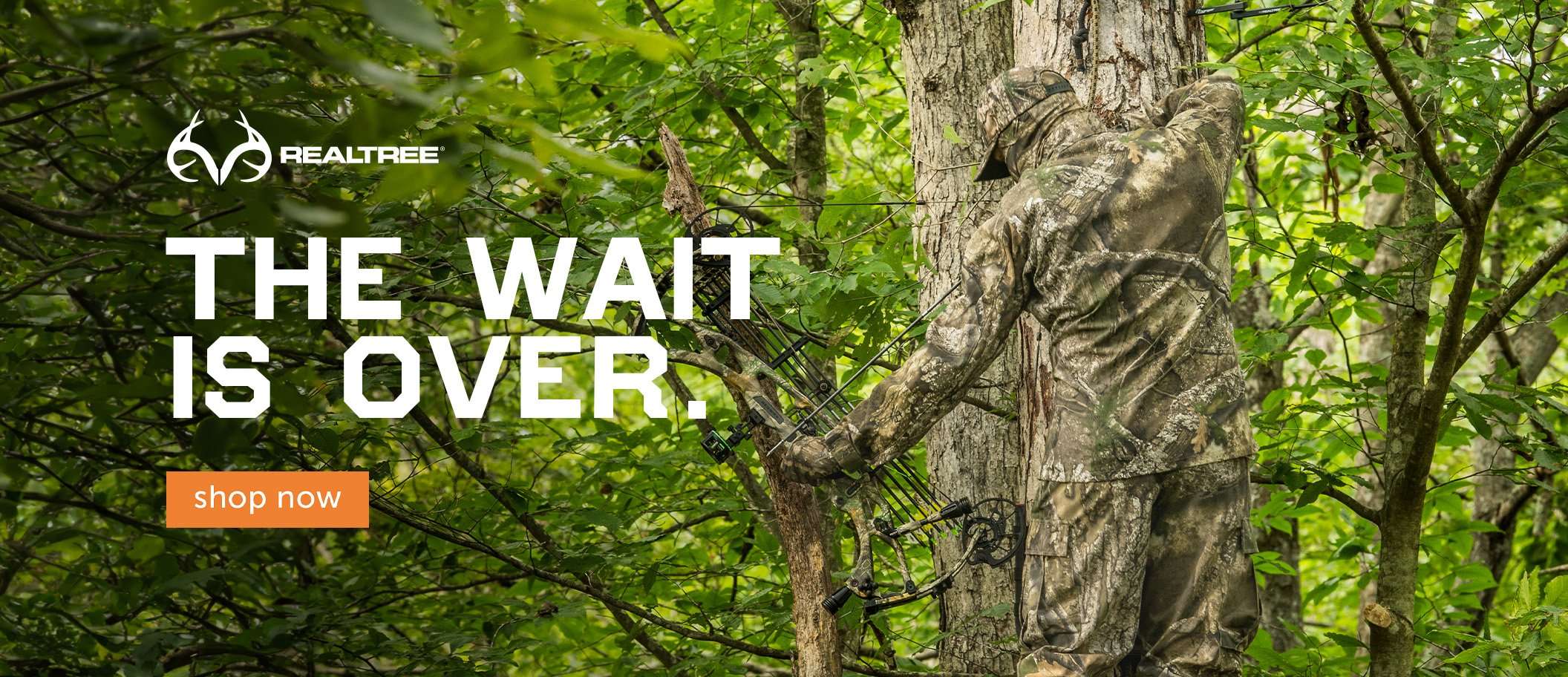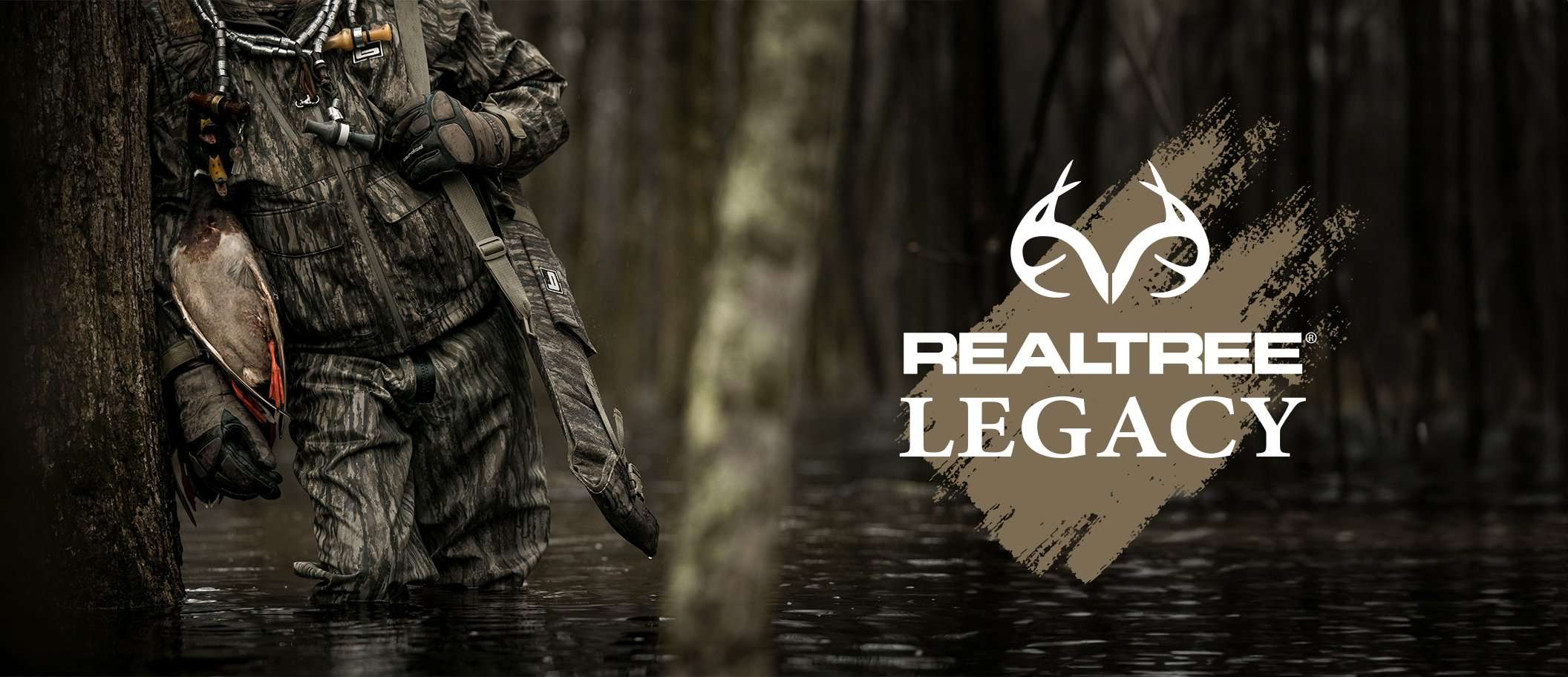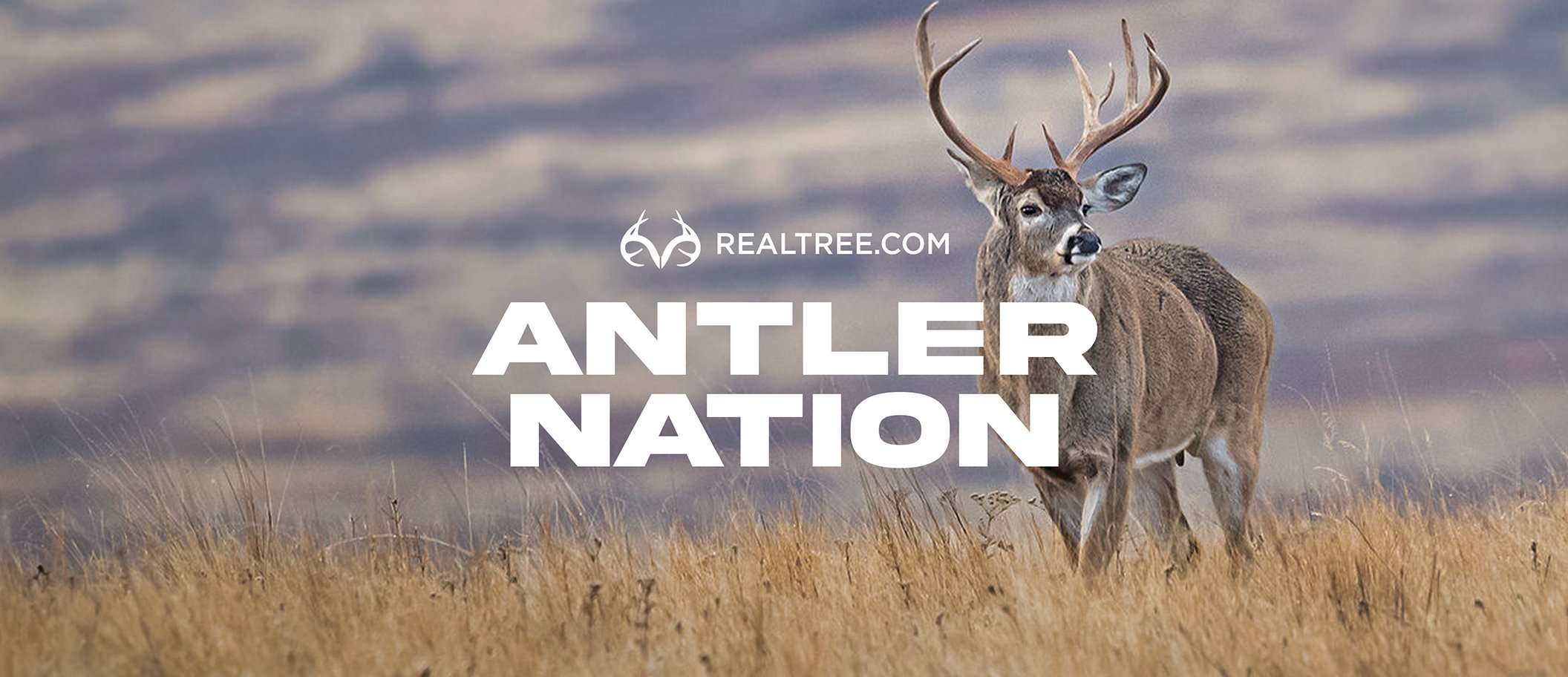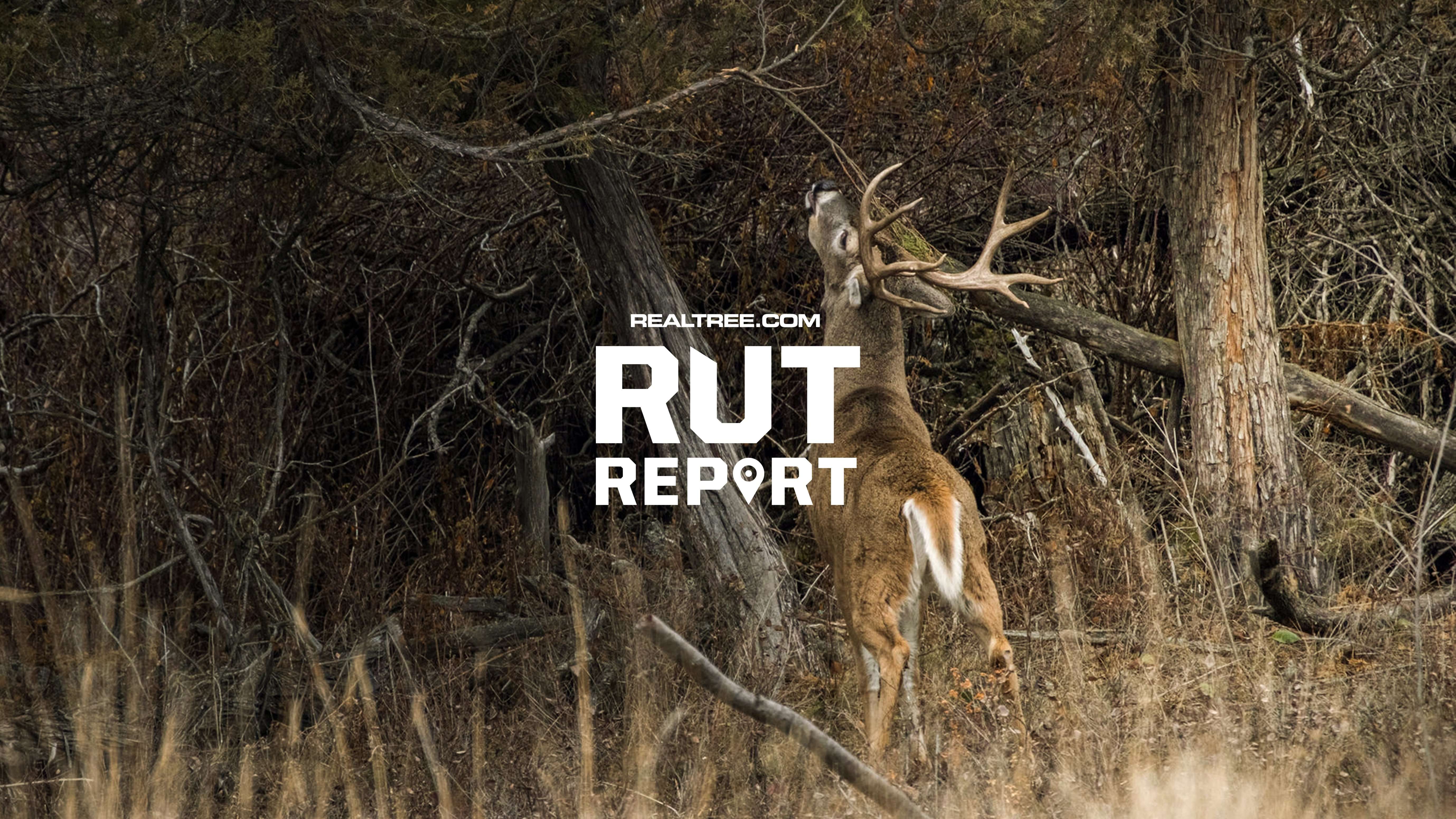From the editor: This Retro Realtree article was originally published in November of 2013
The buck you want is broadside, 20 yards away. You’re at full draw, trying to anchor and aim. I can count on Captain Hook’s left hand the number of things that excite me more than this moment. But nothing will turn that excitement into anxiety faster than releasing the arrow and not knowing exactly where it went. And that very thing happens to every bowhunter in the woods at some point in time.
But there are cues to watch following the shot. The deer’s initial reaction, the arrow’s appearance, and the blood trail quality are all important to considering not only where the deer is hit, but how long you should wait before taking up the trail.
Click a vital area for details
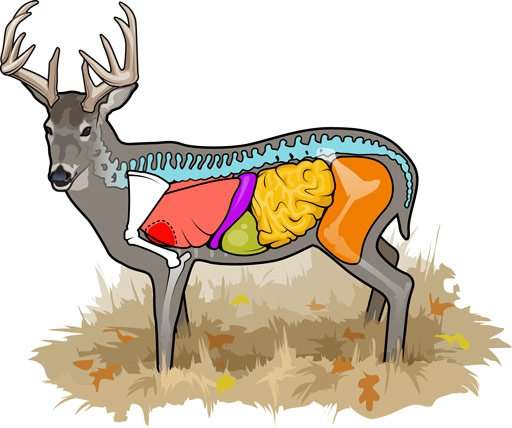 Illustrations by Ryan Kirby
Illustrations by Ryan Kirby












































